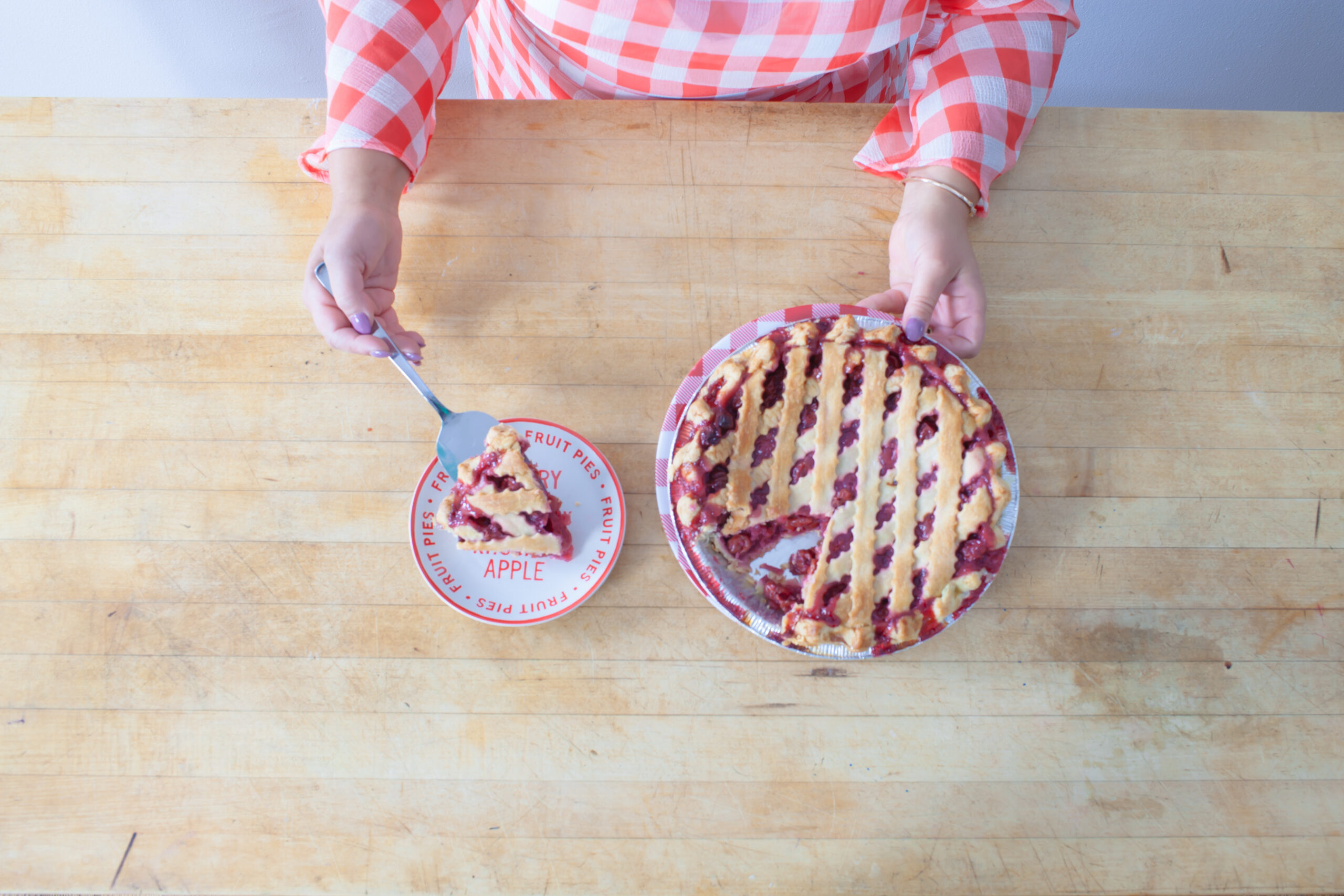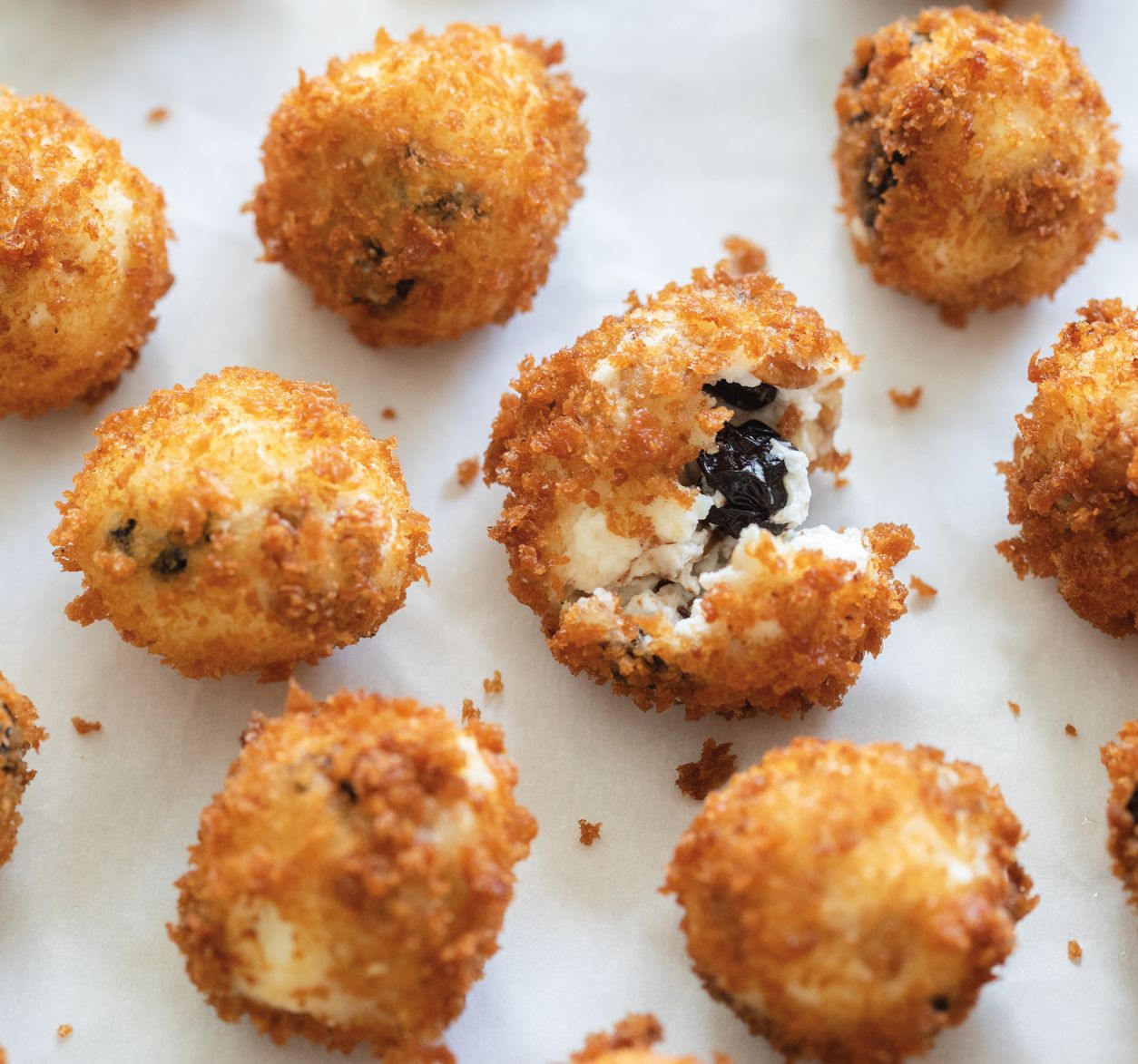The Midwest, also known as America’s Heartland, is home to a myriad of cultures. Immigration, over hundreds of years, has played a key role in developing its diverse food traditions, evident in its variety of delicious dishes—like classic Swedish meatballs, Polish perogies, German bratwurst, and hearty macaroni and cheese casseroles.
Midwest food expert Capri Cafaro hosts the podcast “Eat Your Heartland Out” and regularly features guests from all over this area to discuss its many food traditions. Born and raised in Ohio, Cafaro is well-versed in Midwestern food and the different cultural influences on the region’s culinary scene.
In this interview, she discusses the importance of county and state fairs in building community and showcasing different local foods and agricultural practices. We also talk about unusual dishes in the Midwest, such as “dessert salads,” and the prevalence of farm-to-table schemes, such as Community Supported Agriculture (CSA) programs, which allow city dwellers to enjoy fresh produce from local farms.
This interview has been edited for clarity and brevity.
Q. How do you think immigration has influenced the Midwest culinary sphere?
Midwestern food and culture are incredibly diverse. I often think that Midwestern food is perceived as either bland, or industrial, or just typical fast food. Those things are somewhat true, and have some historical context based on companies like General Mills, Kellogg’s, and Kraft, which all originated in the Midwest. However, Midwestern food has a great deal more depth and variety, precisely because of both the immigration and migration patterns of individuals who have come to the Midwest over the last 200 years or more.
The purpose of my podcast, “Eat Your Heartland Out,” is to show how different immigrants have shaped the face of food in the Midwest—like Germans in Wisconsin, and Scandinavians in places like Minnesota.
Q. Can you give us an example of an interesting Midwestern food tradition that is still practiced today?
One of the things I personally associate with as a food tradition—and something I actually did a podcast episode about—are the Lenten traditions surrounding the Easter holiday, and the fish fries that churches and restaurants sponsor on Fridays throughout Lent.
They each take on the color of their particular communities and the churches they represent. For instance, some places serve macaroni and cheese as a side dish; some serve perogies because they have a larger Slavic community; some serve haluski, an Eastern European type of noodle dish.
They also serve as a way to bring the community together every Friday during the Lenten season.

Q. Are there any distinctive dishes that you would only associate with the Midwest?
The Minnesota hot dish is a landmark recipe from the 1930s that calls for hamburger meat, onions, celery, canned peas, canned tomato soup, and Creamettes—a special Minnesotan macaroni—all to be stirred together and baked. It’s not a typical casserole because it is intended to be the main meal.
Then, there is the runza (a cross between a Hot Pocket and a burger), which is like a meat pie with Russian origins that became very popular in places like Nebraska. There is also Cincinnati chili, a stew-like meat sauce served with spaghetti, that I am not particularly a fan of, but which is very popular in that region of Ohio.
Q. Can you tell us more about the unique Midwest “salad dishes” and how they came about?
Jell-O salads, which can also be served as desserts, originated when it was discovered that bone marrow could be used to make gelatin. This discovery occurred just in time to be featured at the 1904 World’s Fair, held in St. Louis, Missouri, where gelatin was showcased as a brand-new food item.
As mechanization and industrialization came about, women were trying to spend less time in the kitchen and were looking for something that was easy and simple to make in a fast and affordable manner. Recipe books were published by companies in the Midwest, like General Mills, Kellogg’s, and Kraft, as a way to promote this new gelatin product. You can still find these well-used Jell-O cookbooks in many Midwest kitchens.
Jell-O salads remain very popular with hostesses, who find them convenient and easy to make and serve, either as a salad or for dessert. They are also easy to make and transport to church suppers or potlucks.

Q. County and state fairs are a celebrated tradition in the Midwest. What are some typical foods served there?
That depends on where you go. In my neck of the woods—northeastern Ohio—you will always find pasta and meatballs due to the many Italians living here. Perogies are also a popular fair item where there are a lot of Eastern Europeans.
County and state fairs have their roots in agricultural production, in sharing agricultural techniques, and in bringing your bounty to market. You have dairy products that are often on display. For instance, in my area, people line up for the milkshake stands every year at the Ashtabula county fair because it’s the one place every year that you can get the freshest milkshakes in many different flavors.
The places where you really find the local foods at the fair are the ones that are affiliated with a local organization. So, sometimes the local 4-H club [a national youth organization] will run specialty food stands, but you also have fraternal organizations—like the Lions Club, Kiwanis, or Rotary—that will have their own stands to promote local food traditions, as well as to raise money for their various organizations.
Q. What do county/state fairs say about the American ideal of agricultural bounty and the desire to celebrate that?
Even though more and more people are moving out of rural communities and into suburban and urban areas, there is still a large part of our country that continues to rely on rural agriculture. The Midwest, in particular, has always been known as the breadbasket of the nation—even of the world. That’s because it is one of the major grain producers—including corn, soy, and wheat—as well as a major producer of livestock and dairy products.
Fairs have this sense of nostalgia and provide a magnet for urban dwellers to go back to their roots, at least annually—sometimes even if they have never lived in that particular state or county. There is also a sense that, while you may not necessarily be involved or affiliated directly with agriculture, you want to be engaged in supporting it, one way or another.
While farming may look very different today than it once did, the popularity of county and state fairs continues. Our nation’s politicians certainly appreciate that fact when they regularly visit these fairs to meet and greet voters, and to taste the most outrageous new food items, like fried ice cream or doughnut burgers.

Q. What do you think about the trend in farm-to-table schemes like the Community Supported Agriculture (CSA) programs that allow urban and suburban communities to enjoy fresh, local produce?
CSAs have been a part of daily life in a lot of Midwestern cities and towns for decades. Nearby farmers and small-batch artisans promote CSAs as a kind of direct-to-household or farmers market activity, and as a way for even urban dwellers to have regular farm-fresh produce. You get your box of whatever produce is in-season every week, or every two weeks. That way you are supporting local agriculture, even if you may not live directly near it.
CSAs are becoming very popular in urban centers across America, not only in the Midwest. I think there is a misconception that the Midwest doesn’t necessarily set trends, but I would beg to differ. These programs are one longstanding Midwestern trend that is now catching on in other places.
Q. Do you have a specific Midwestern dish that you particularly enjoy?
I’m from the part of the Midwest that is highly Southern and Eastern European. So for me, my favorite comfort foods involve pasta. Also, anything that includes cheese, because some of the largest cheese producers are located in the Midwest.




